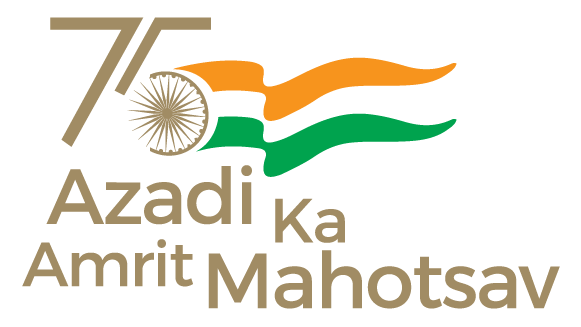
The PM-KUSUM Scheme, which was launched in March, 2019 and scaled-up in November, 2020 has the following targets:
- Component ‘A’: 10 GW capacity through installation of small solar power plants each of capacity up to 2 MW on the barren/fallow land of the farmers;
- Component ‘B’: Installation of 20 lakh standalone off-grid solar water pumps; and
- Component ‘C’: Solarization of 15 lakh existing grid-connected agriculture pumps including feeder level solarization (FLS).
All three components combined aim to add 30.8 GW of additional solar capacity.
PM-KUSUM is a demand driven scheme and therefore quantities/ capacities are allocated under the three components of the scheme based on demand received from the States/ UTs. Funds under the scheme are released based on progress of installation reported by the State Implementing Agencies (SIA) and provisions of the scheme guidelines. As on 30.06.2023, a total of 113.08 MW capacity has been installed under Component ‘A’ and around
2.45 lakh pumps have been reported installed/ solarized under Component-B and Component- C combined. This is equivalent to about 1323 MW of installed solar capacity. So far more than Rs 1,646 Crore has been released to SIAs.
Availability of low-cost financing for farmers and state share of funds is a major challenge in implementation of the PM-KUSUM Scheme. In addition, the pace of implementation was significantly affected due to the COVID-19 pandemic during 2020-21 and 2021-22.
This information was given by The Union Minister of New Renewable Energy & Power Sh. R. K. Singh in Lok Sabha in a written reply today.
*****
AM/DP


